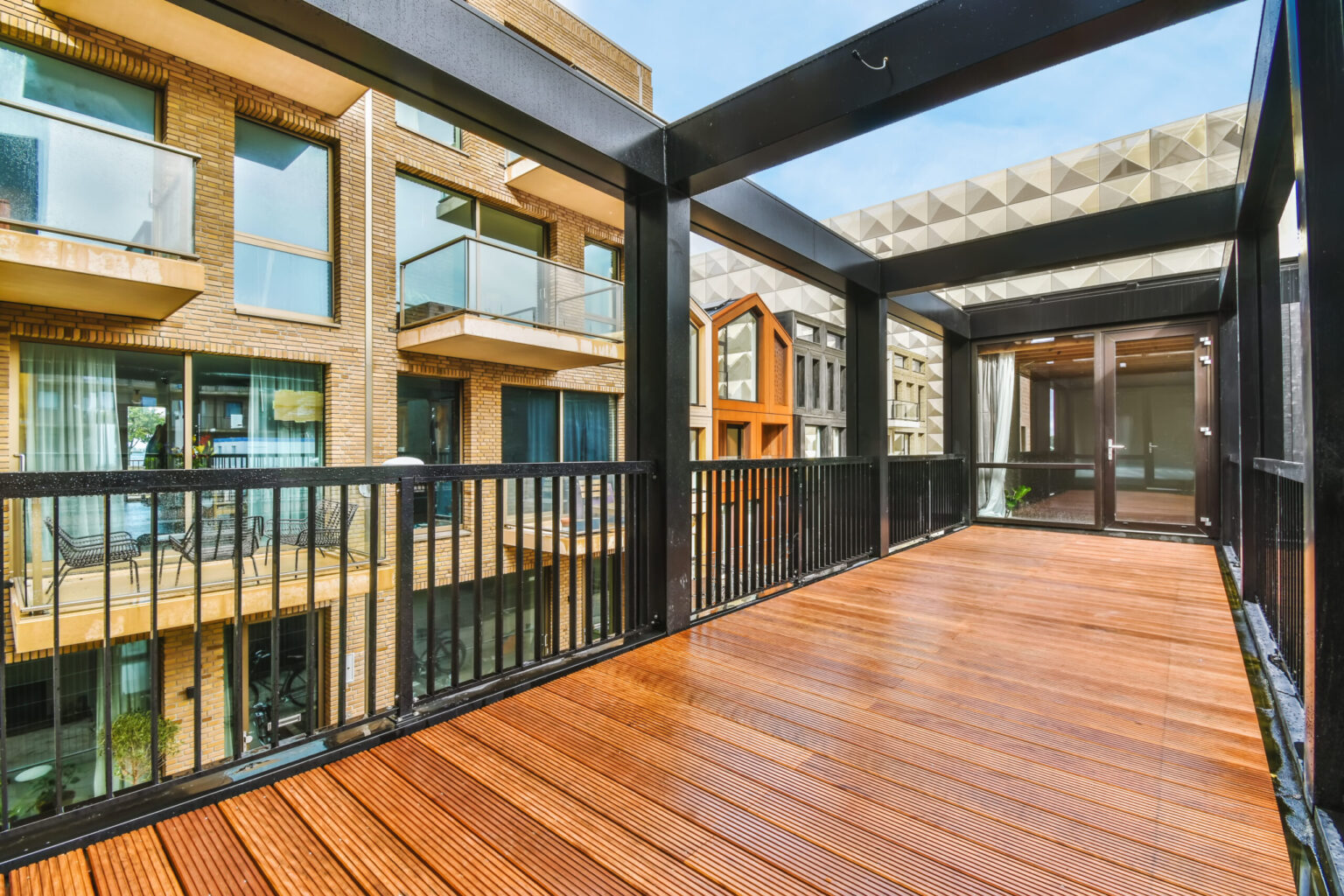How To Choose the Right Cable Rails for Your Deck
Selecting the perfect cable rails for your deck is not just a matter of style; it involves ensuring strength, durability, safety, and compliance with local codes. As an integral part of your outdoor living space, the rails you choose must stand up to the elements and mesh with your aesthetic preferences. Whether you’re a homeowner revamping your space or a contractor seeking the best options for a client, understanding the fundamentals of cable railing systems is crucial. Below, we delve into the aspects you should consider to make an informed decision.
Evaluating Material Options for Durability and Aesthetics

Regarding materials, cable rails can be crafted from various metals, each offering distinct benefits. Stainless steel is a popular choice for its resistance to rust and corrosion, especially in coastal environments with salty air. On the other hand, aluminum provides a lightweight alternative with excellent durability and lower maintenance requirements.
The choice of material also greatly influences the overall look of your deck. While stainless steel offers a high-end, contemporary feel, aluminum can be powder-coated for various colors to match your home’s exterior. When considering the aesthetic impact, also consider the finish of the materials. A mirror polish, for example, can give a gleaming, upscale finish, while a brushed or matte finish can provide a subdued, modern touch.
Maintenance is another essential factor to consider when selecting your materials. Cable railings require regular inspections to ensure the cables remain taught and well-connected. Some materials may need periodic cleaning to maintain their appearance or prevent degradation. Therefore, consider your willingness to perform upkeep when selecting your materials.
Your region’s climate can significantly impact the durability of your cable rail system. Choosing materials that can withstand heavy rains, strong winds, or constant sun exposure is crucial for those in extreme weather conditions. Consulting with experts, such as those at INSO Supply, can lead to smarter decisions for the long-term enjoyment of your deck’s cable rails.
Considering Cable Spacing and Tension Requirements

Cable spacing is a critical component, as it affects your rail system’s safety and look. The spacing must conform to safety standards to prevent accidents, particularly if you have children or pets. Typically, the cables are spaced no more than a few inches apart to create a difficult barrier.
The tension of the cables is equally important as the spacing. When too loose, cables can sag and become an unsafe barrier. Proper tension keeps the cables straight and firm, forming a resilient barrier while maintaining curb appeal. The tension must be set correctly during installation and checked regularly as part of routine maintenance.
It’s worth noting that the size and shape of your deck can influence both the spacing and the tension of the cables. Larger areas may require additional posts or thicker cables to ensure safety and stability. The angle of the deck’s slope, if any, also presents considerations for cable tension to prevent disproportionate sagging.
When planning your cable rail system, account for the natural flexing and settling of the deck’s structure over time. As wood or other structural materials expand and contract, the tension of the cables can be affected. Anticipating these changes can prevent future issues, ensuring your deck remains safe and visually appealing for years.
Complying with Local Building Codes and Safety Standards
Navigating the myriad of building codes and safety regulations is vital when installing cable rails. Each municipality often has specific requirements regarding railing height, spacing, and load-bearing capabilities. Ensuring your rail system is up to code is critical for safety and avoiding legal complications or fines.
Working with a professional during the design and installation of your cable railing system can help you adhere to these local requirements. Experts familiar with regional codes can assist you in choosing the correct system specifications and guide the installation process to meet or exceed jurisdictional standards.
Additionally, safety standards often go beyond legal requirements, focusing on the age and abilities of the individuals using the deck. Families with young children might opt for tighter cable spacing and additional safety features to prevent curious little ones from climbing or slipping through the cables.
Overall, selecting the right cable rails for your deck involves a comprehensive assessment of materials, considering durability, aesthetics, and maintenance needs. Attention to cable spacing and tension requirements is crucial to ensure safety and visual appeal, accounting for deck size, shape, and climate. Moreover, complying with local building codes and safety standards while considering additional safety measures for specific user demographics is essential for creating a secure and enjoyable outdoor space.


